10 best ways to make your bike more comfortable
Don't suffer in silence, there are plenty of ways to improve the comfort of your bike
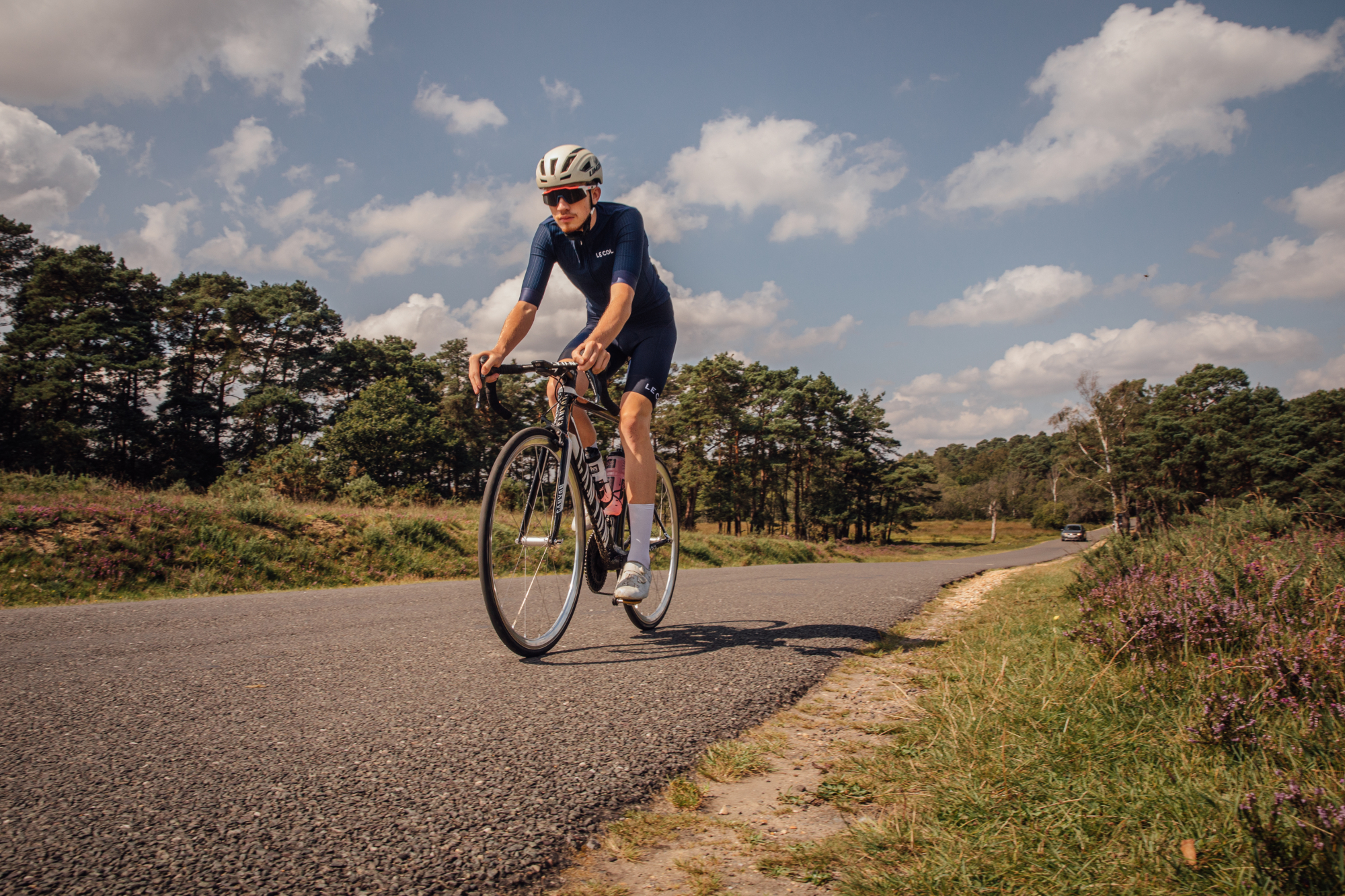
Discomfort on the bike is one of the biggest barriers to cycling. Beginners are often intimidated by the small and hard-looking saddles, the thin bike shorts, and aggressive riding positions. And it’s true - with the wrong setup, you can end up with saddle sores, numbness, back pain, neck knots, and more. But it doesn’t have to be that way.
In fact, cycling should be pleasurable. After all, you are exercising on the bike, escaping the business of life, and maybe even getting to take in some sweet sunshine. We have plenty of reasons to experience pain while cycling, whether it is the lactate in our legs or the burning sensation in our lungs - sitting on the bike should not be one of them.
Below, we’re going to outline 10 different ways that you can make your bike more comfortable, and help you enjoy those long rides without any unnecessary pain.
Adjust your reach
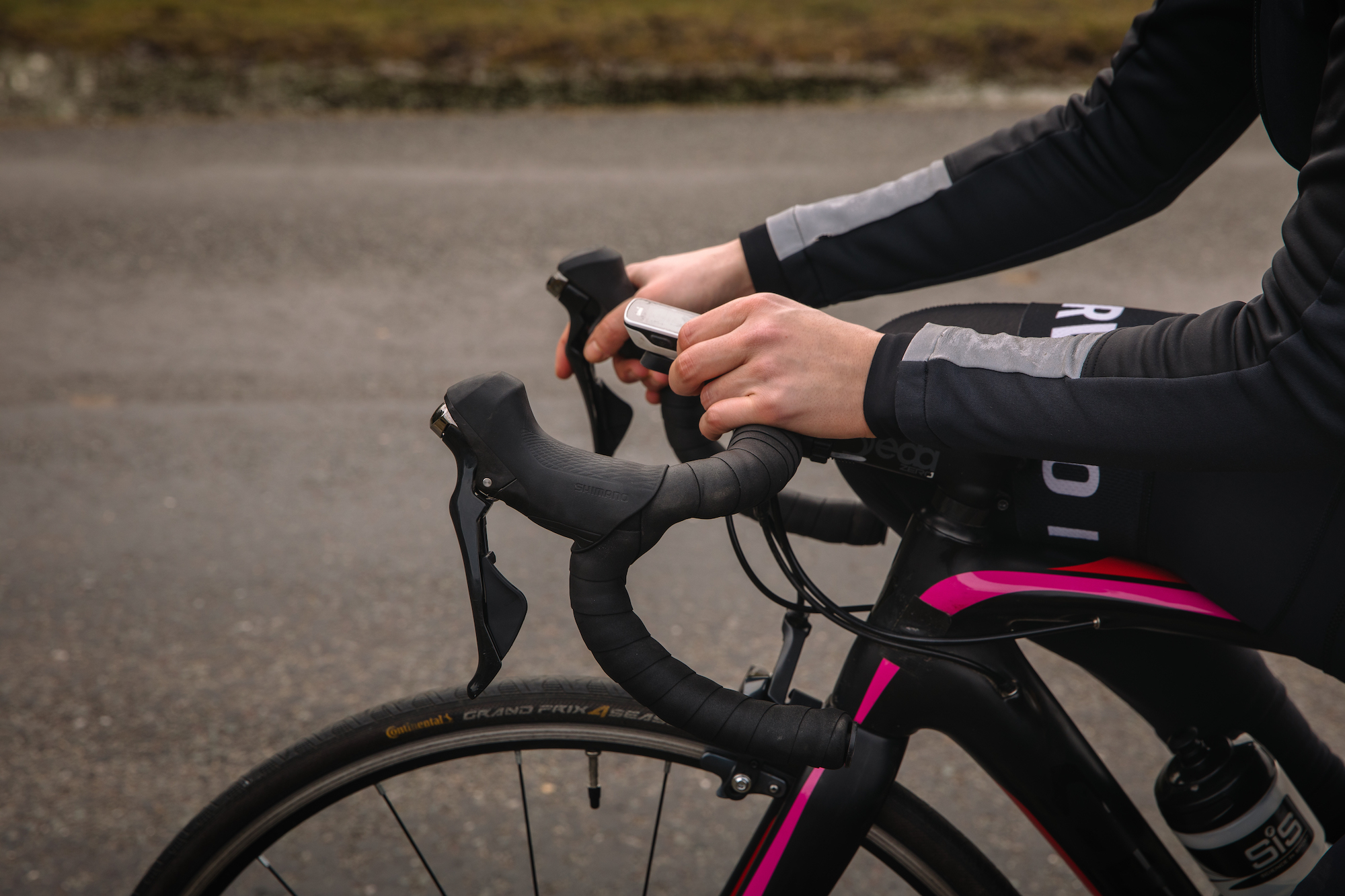
The horizontal distance from your bottom bracket to your handlebars - AKA your reach - is one of the most important bike fit measurements right alongside saddle height. With the improper reach, you can end up with sore shoulders, a tight lower back, an unstable aero position, and more.
An improper reach is also extremely uncomfortable, and it can even lead to the development of saddle sores. To adjust your reach, the most effective option is to try a different length stem. In most cases, your reach may be too long, which means you should try a shorter stem.
But if your reach feels too short, and perhaps your bike frame is on the small side, then a longer stem may help extend your reach and make for a more comfortable riding position.
For the cheapest and easiest adjustment, you can try sliding your saddle forward or backwards. Remember that, depending on your saddle angle, this may affect your saddle height, so make sure to double check the height before dialling in your reach.
Get The Leadout Newsletter
The latest race content, interviews, features, reviews and expert buying guides, direct to your inbox!
Adjust your handlebar height or stem angle
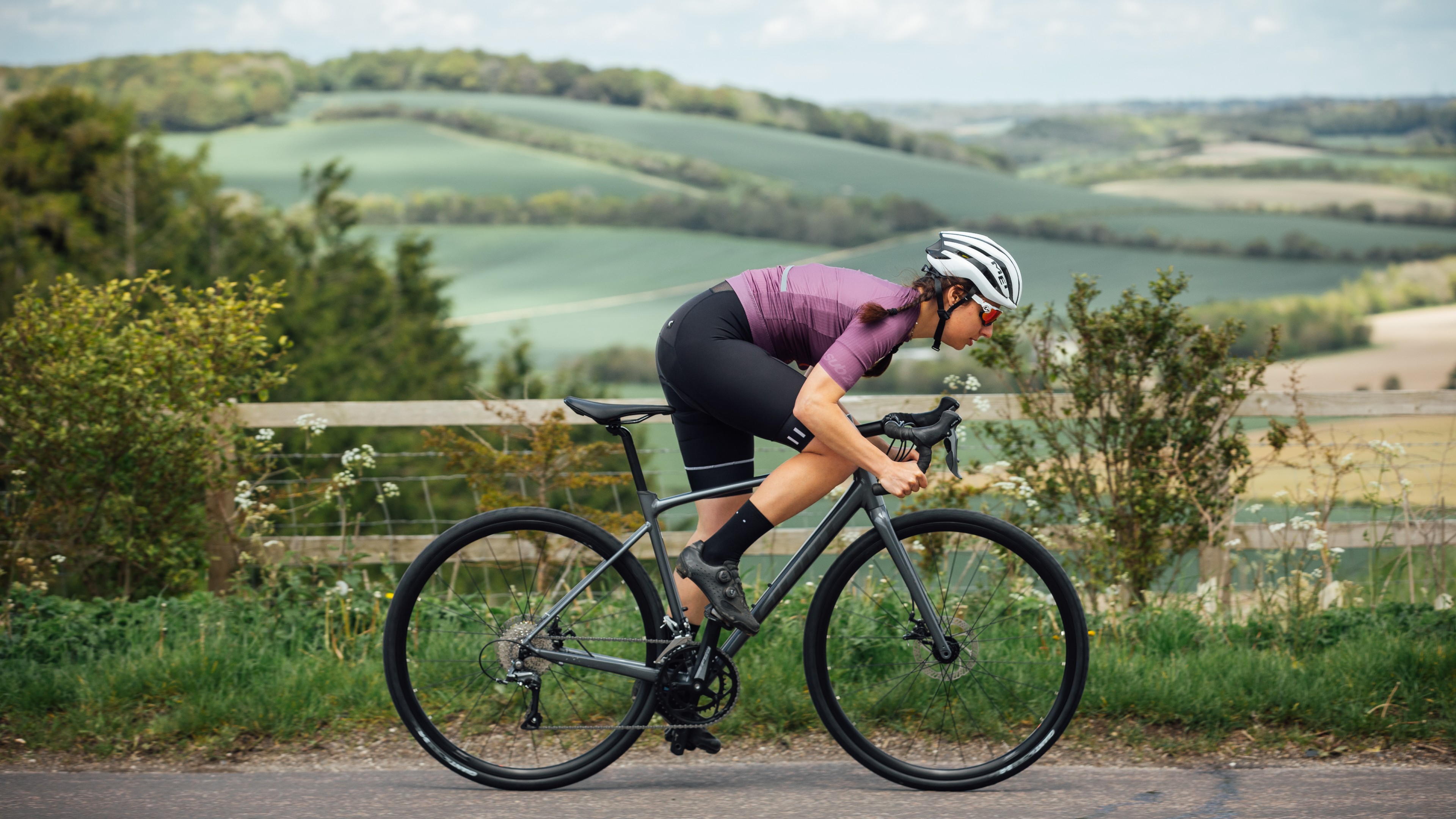
Along with the distance to the handlebars in your reach, you can also adjust the height of your handlebars. This can be done in a few different ways, but mainly by either changing the stack height or changing the stem angle.
Many of us have slammed stems - that is, removing all of the spacers between the stem and the headset. It’s what the pros do, it looks cool, and it looks aero. But a slammed stem isn’t always worth the good looks, especially if it means sacrificing power and comfort.
To increase comfort, it is generally best to increase your handlebar height by adding spacers in between the stem and headtube. This will give you a slightly more upright riding position, and help take the pressure off of your shoulders, wrists, and hands.
Handlebar height can also be adjusted by changing your stem angle. The expensive way is to buy a new stem; but you can also try flipping your current stem. Perhaps going from a -7 degree angle to a +7 degree angle.
With each of these adjustments, remember that when you alter the handlebar height, you are also effectively changing your reach, so make sure to check those measurements to help maintain the correct fit and increase your overall comfort.
Try a different saddle
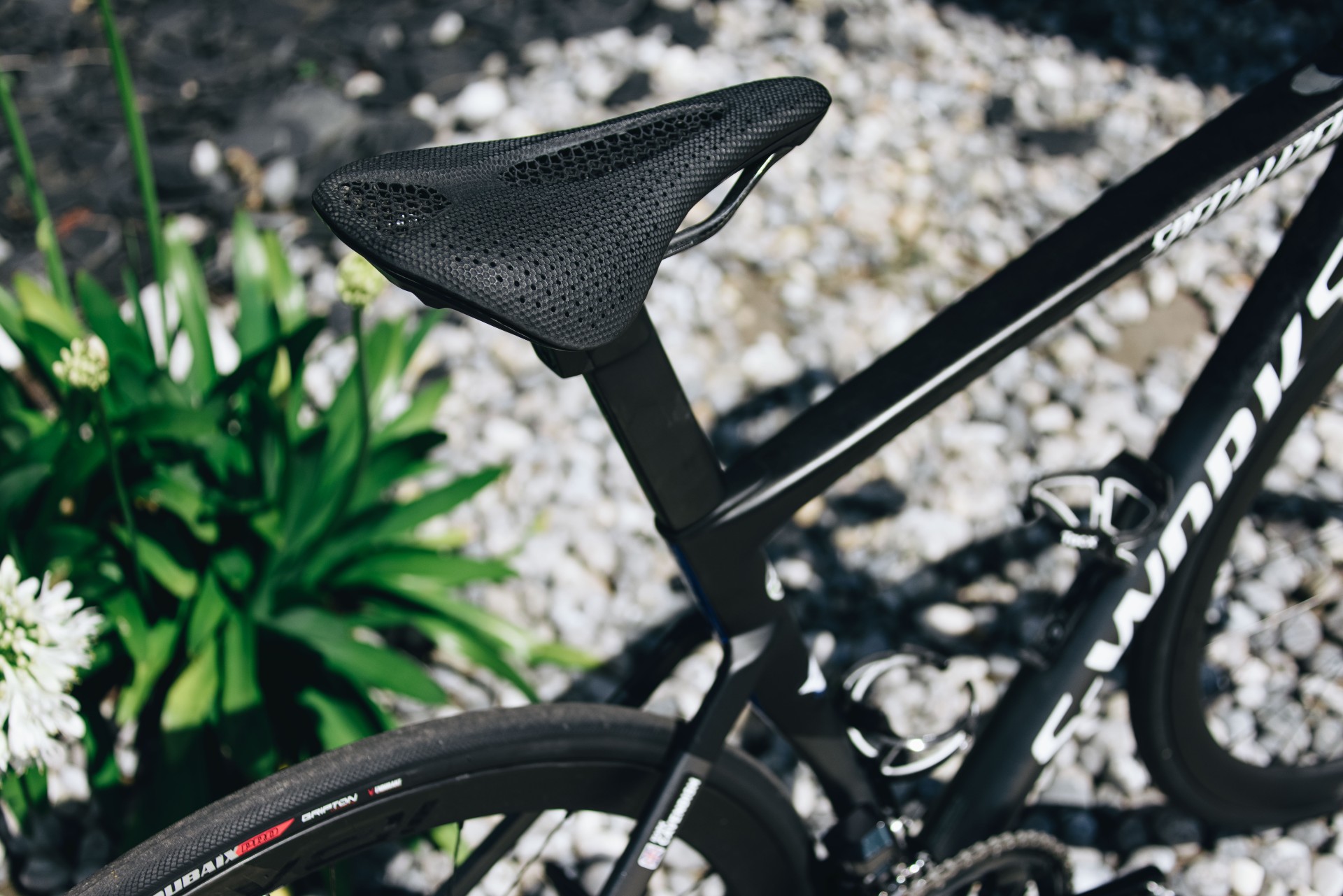
Saddle sores are a fate that I wouldn’t wish upon my worst enemy. They are more than just uncomfortable on the bike - they can cause pain throughout the entire day, whether you are sitting in an office chair or trying to relax at home.
One of the biggest culprits of saddle sores is an improper saddle, and here is where your eyes may deceive you. Larger saddles with tons of padding are often not the best for cycling. They can cause lots of chafing and bouncing, leading to pain, discomfort, and saddle sores. Instead, thinner and smaller saddles tend to be better for most cyclists, as counterintuitive as it seems.
The best saddles - rated subjectively by cyclists - tend to be anatomically fitted, lightweight saddles with a split or cutout in the middle. Some saddles have their noses chopped off, or a cutout that extends the entire length of the saddle. All saddles are wider in the rear and narrower at the front, designed to be form-fitting to our sit bones.
But when it really comes down to it, the best saddle for you is a matter of personal preference. Over the years, you have probably found that you prefer different styles over others, or maybe a split-nose versus a filled-in nose.
Try heading to a local bike shop or two and asking about trying a new saddle. Plenty of shops will let you trial the saddle for a couple of weeks - and if it isn’t comfortable, you can come back and swap it out for a new one.
Check your saddle height
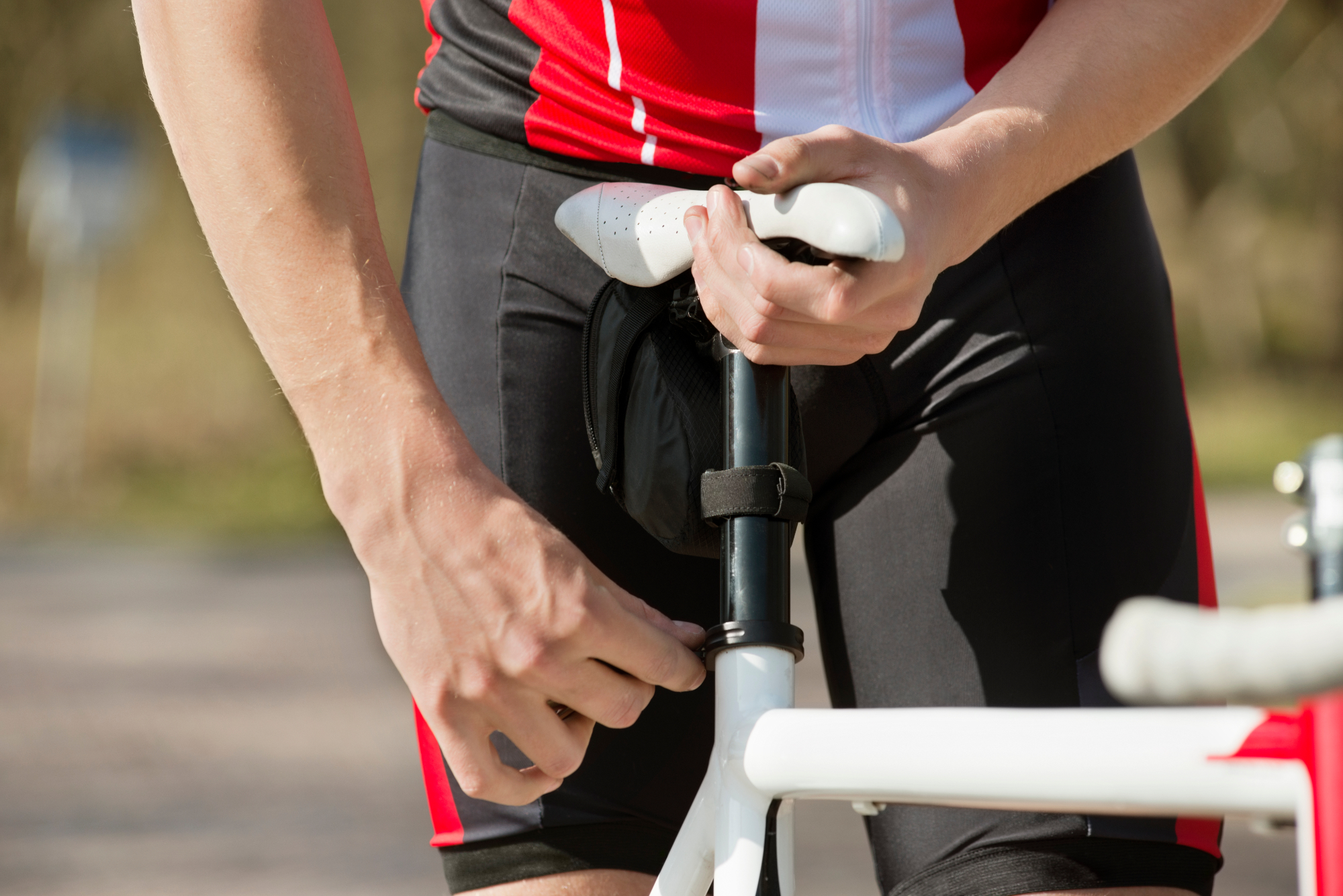
It’s always worth re-checking your saddle height, no matter how many times you’ve done it before. A seat post can easily slip a millimetre over time, or perhaps you’ve grown or shrunk. Having a saddle that is too low can seriously compromise your power output and pedalling efficiency, whereas a saddle that is too high can cause IT band syndrome, which is one of the leading causes of knee pain in cyclists.
It’s easy to see why setting saddle height is so important, and it's also an adjustment that's not going to cost you any money.
The simplest way to set your saddle height is to measure your inseam and then subtract 10cm. Saddle height is measured from the centre of the bottom bracket to the top of the saddle, and it can be adjusted in under a minute. It never hurts to check, but it certainly hurts not to.
Adjust your saddle angle
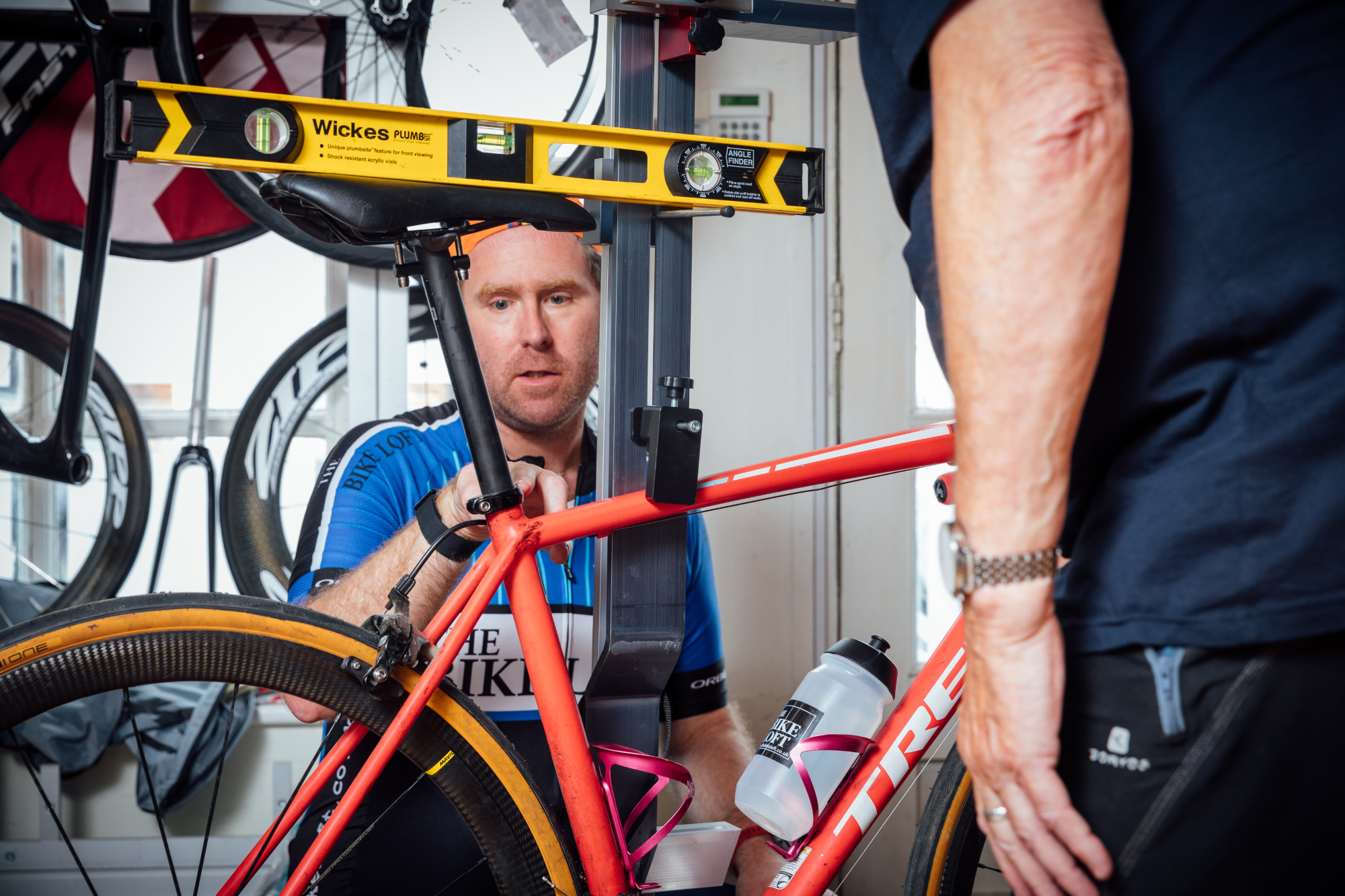
Saddle angle is an interesting question in the world of bike fit because setting your saddle so it is flat is not always best. Some riders prefer the nose down, while others prefer the saddle’s nose to be turned up. Either way, you can increase your comfort by adjusting your saddle angle, and don’t be afraid to try something new.
The first time I turned my saddle nose up, I thought it looked horribly painful. But once I hopped on, I realised that this was the most comfortable my sit bones have ever been on a bike.
Lowering the saddle nose may help relieve pressure around your sit bones, but it can also put more weight on your arms. Tilting the saddle nose upwards may increase the pressure on your sit bones, but it can also help balance out your position and keep you better planted in the saddle.
Check your cleats

Cleat setups are rarely discussed in cafes and bike shops, yet they are one of the leading causes of lower body pain in cycling. An incorrect cleat setup can lead to serious knee and hip pain, IT band syndrome, and ankle problems, yet most of us hardly ever think about it.
Starting with your cleats set up in the middle of your shoe is best if you don’t already have a preferred set up. This positions your cleat at the ball of your foot, and keeps your knee in line with your pedalling motion. If this standard positioning is uncomfortable, it is probably best to see a professional bike fitter to evaluate your angles. If you have a structural imbalance between your legs, it might even be that you need a different cleat setup from one foot to the other.
Cleats with float - allowing your cleat to move slightly when clipped into the pedal - are best for most cyclists, even if it’s just one or two degrees of float.
Double wrap bar tape
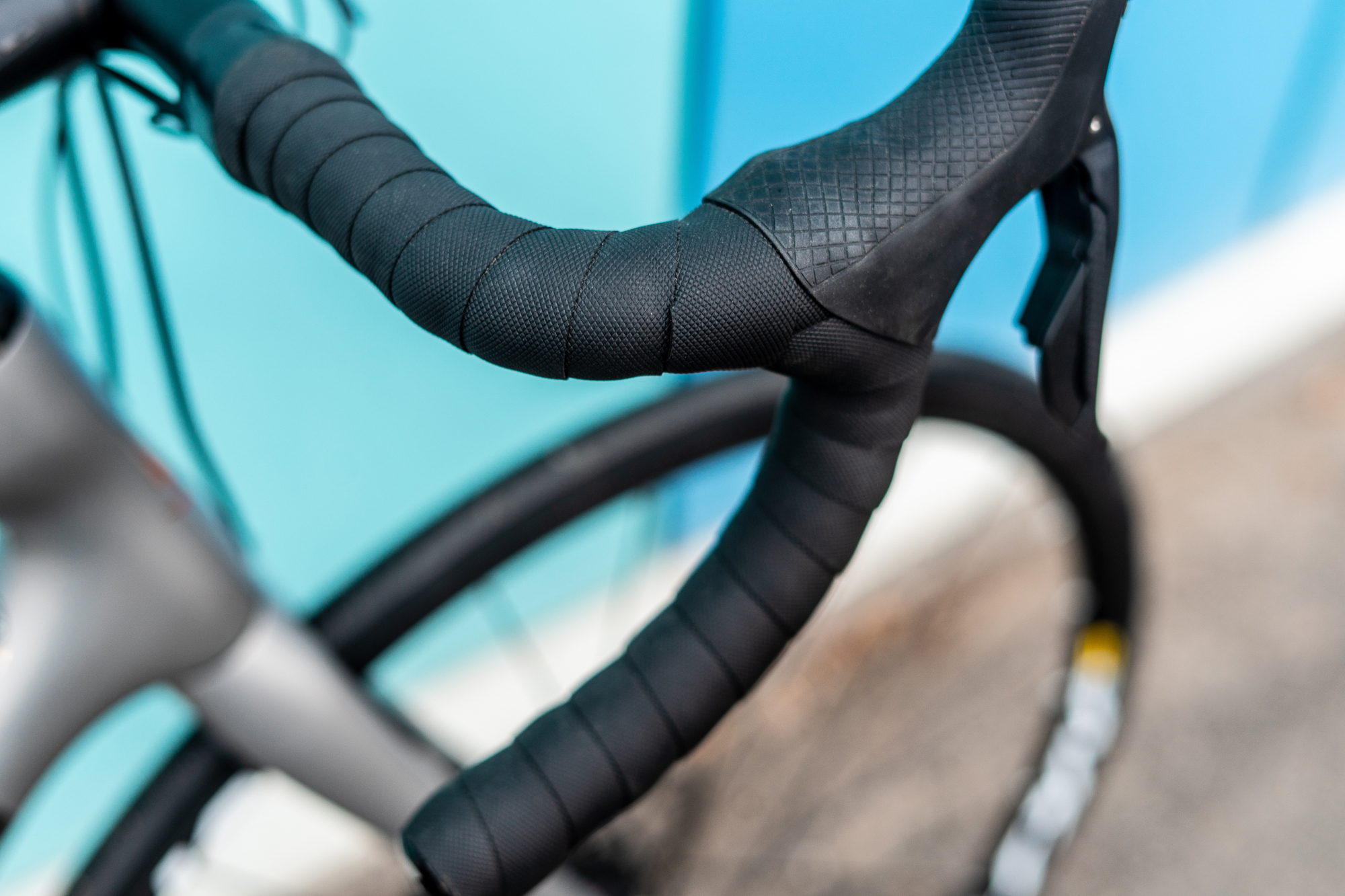
This is an old-school trick used by professional cyclists at races like Paris-Roubaix which includes hours of riding over rough cobblestones. Double-wrapped bar tape is like adding a bit of padding to your hands, giving you that extra bit of cushion against the blows from the road.
The process is as easy as it sounds - just put a second layer of bar tape over the first. For an extreme level of cushioning, you can put gel inserts underneath the bar tape.
Adjust your tyre pressure
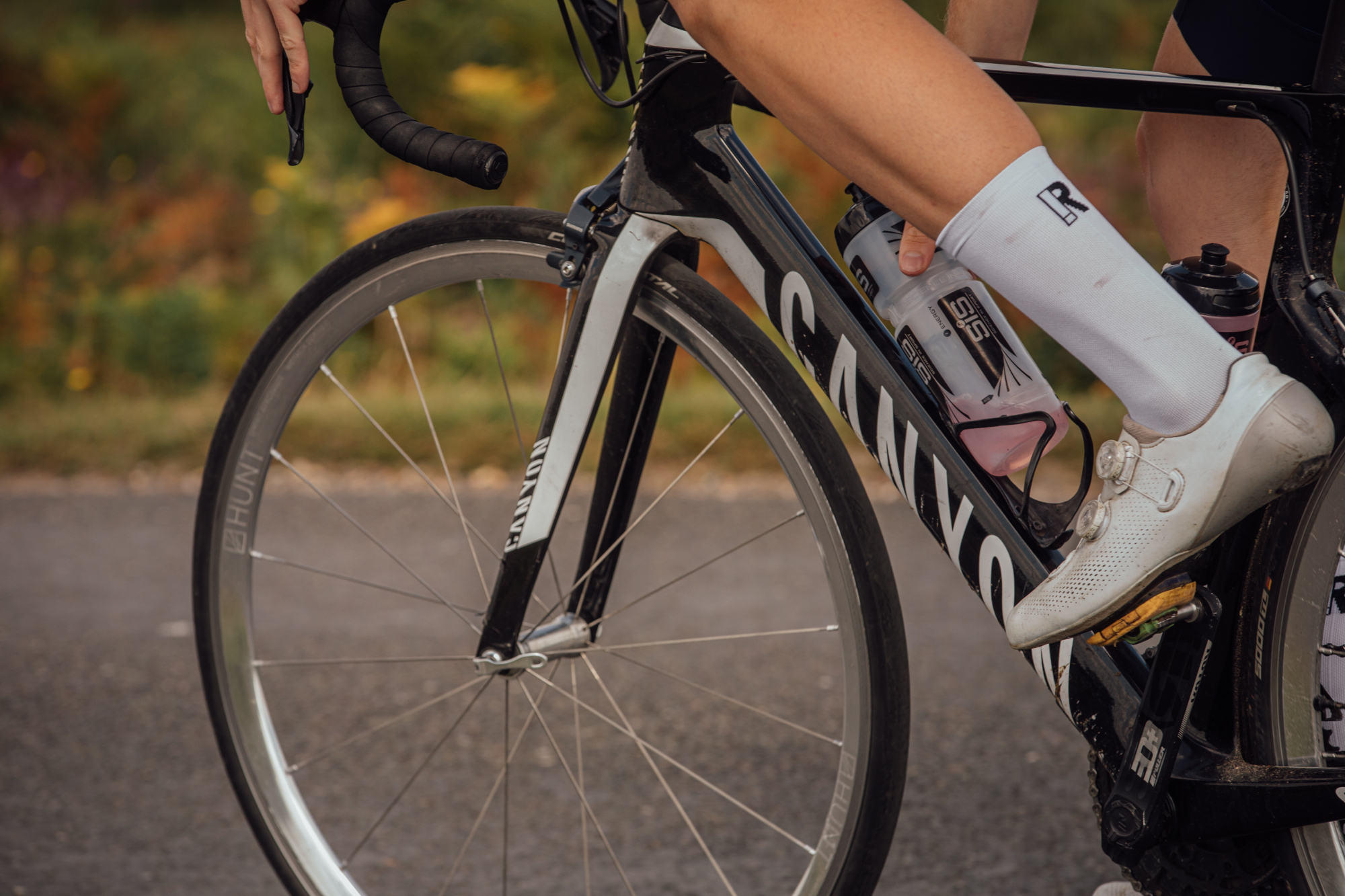
The first piece of your bike in contact with the floor is your tyre, and every crack or pothole you hit will send a shockwave of force up through the tyre, into your frame, and into your hands, arms, and body. To help protect your body from bumpy or pothole-stricken surfaces, you can use wider tyres and wider rims, as well as reduce your tyre pressure.
We now know that it is a myth that 120psi is the fastest tyre pressure for road riding. Instead, it is around 80 to 95psi that our tyres roll the fastest, depending on the road surface, rider size, and more.
So when it comes to increasing your comfort on the bike, you don’t have to drop to low and slow pressures to get all the benefits. To improve your ride quality and help cushion against rough roads and potholes, try lowering your tyre pressure to 80 to 95psi.
Fit mudguards
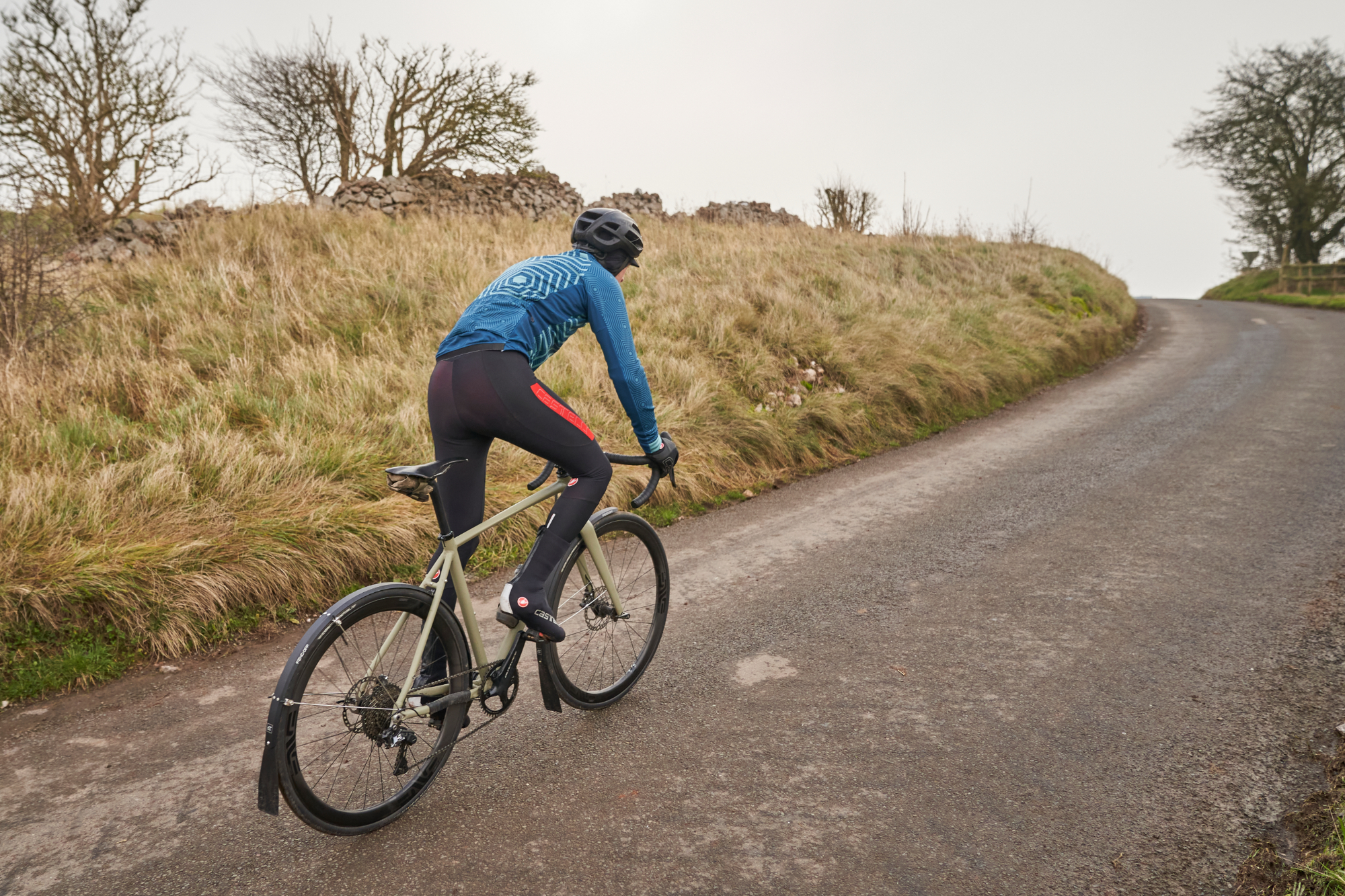
Whether you choose to go out in the rain or not, there are few feelings more uncomfortable than riding a bike in the wet, especially if you are under-dressed. Mudguards are one of the most underrated protectors against rain and wet roads, and they don’t cost hundreds of pounds like a specially-made, lightweight, breathable, water-proof or -resistant rain jacket.
Mudguards will help keep your bum and backside dry no matter how wet the roads are. This will keep you warm and comfortable, as much as you can be while cycling in the rain. There are many different mudguards to choose from, including styles that clip onto your frame or attach to the underside of your saddle. Mudguards can be sleek or bulky, whichever you prefer. But there’s no doubt that you will be much more comfortable than without them.
Buy a new bike (and make sure it's the right size)
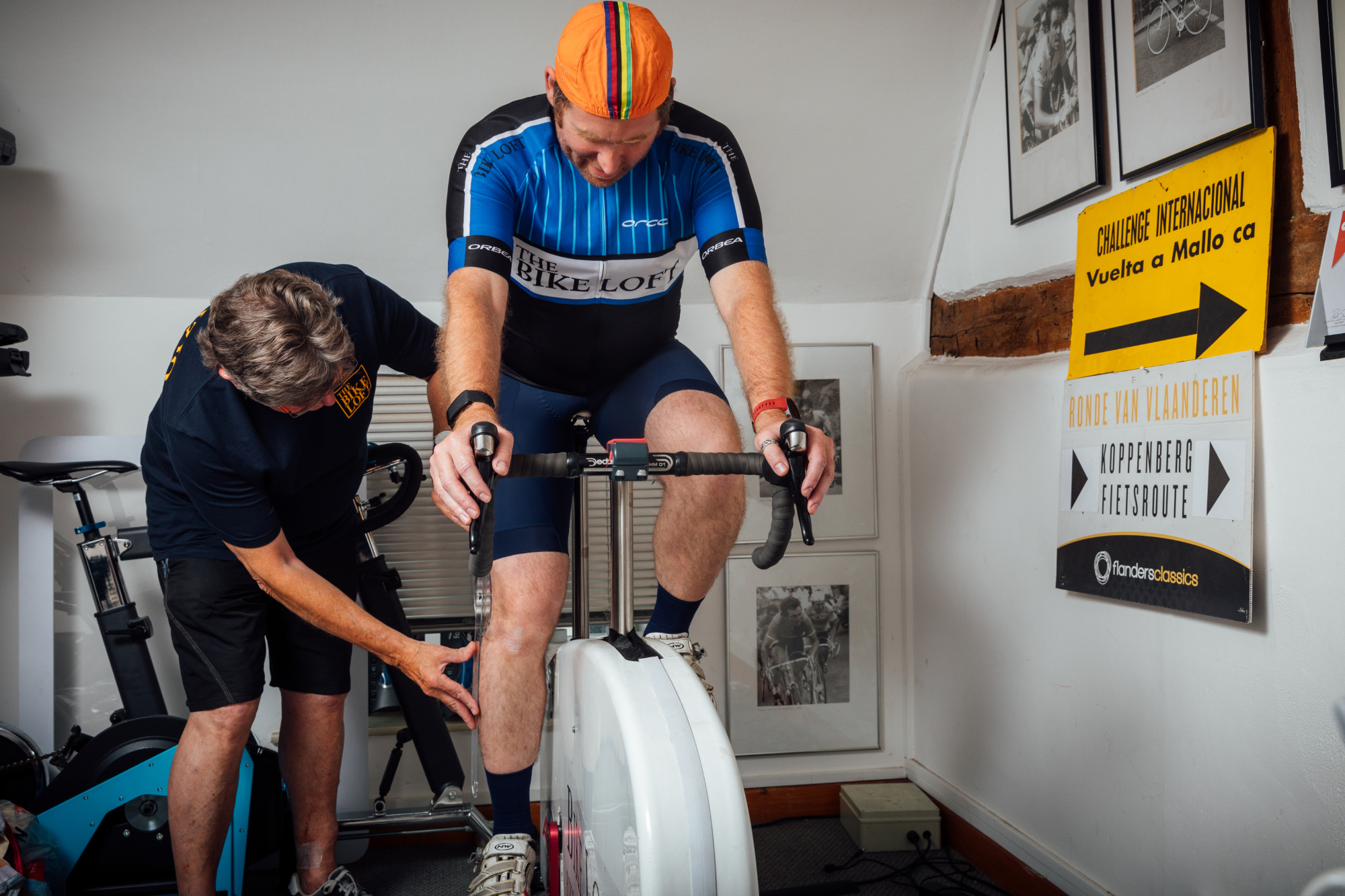
A bike fit is a foolproof way to make sure your next bike will fit
If all else fails - if you’ve tried adjusting your handlebar height, your reach, your saddle height, your cleat placement, etc. - then maybe it’s time for you to get a new bike.
There is no substitute for a bike that fits, and you could be just one size off. But once you hop on that new steed, you will immediately feel the difference.
If you do decide to buy a new bike, make sure you're properly assessed to get the right size this time around. This might mean going to see a bike fitter, who will take all the vital measurements and recommend the ideal size bike for you. After all, however amazing a bike is, if it's not the right size for you, then you can't ride it.

Thank you for reading 20 articles this month* Join now for unlimited access
Enjoy your first month for just £1 / $1 / €1
*Read 5 free articles per month without a subscription

Join now for unlimited access
Try first month for just £1 / $1 / €1
Zach is a freelance writer, the owner of ZNehr Coaching, and an elite-level rider in road, track, and Zwift racing. He writes about everything related to bikes, from product reviews and advertorials, to feature articles and pro data analytics in Power Analysis articles. You can find his articles everywhere from Cyclingnews and TrainingPeaks, to Velonews, CyclingTips, and Bicycle Guider.
After earning a Bachelor’s Degree in Exercise Science at Marian University-Indianapolis, Zach discovered a passion for writing that soon turned into a full-fledged career. In between articles, Zach spends his time working with endurance athletes of all levels at ZNehr Coaching. After entering cycling at age 17, Zach went on to have a wonderful road racing career that included a Collegiate National Time Trial Championship and a 9th place finish at the US Pro National Time Trial Championships. Nowadays, Zach spends most of his ride time indoors, where he races for NeXT eSport pb Enshored in the Zwift Racing League – Premier Division.
-
 'I'll take a top 10, that's alright in the end' - Fred Wright finishes best of British at Paris-Roubaix
'I'll take a top 10, that's alright in the end' - Fred Wright finishes best of British at Paris-RoubaixBahrain-Victorious rider came back from a mechanical on the Arenberg to place ninth
By Adam Becket Published
-
 'This is the furthest ride I've actually ever done' - Matthew Brennan lights up Paris-Roubaix at 19 years old
'This is the furthest ride I've actually ever done' - Matthew Brennan lights up Paris-Roubaix at 19 years oldThe day's youngest rider reflects on 'killer' Monument debut
By Tom Davidson Published